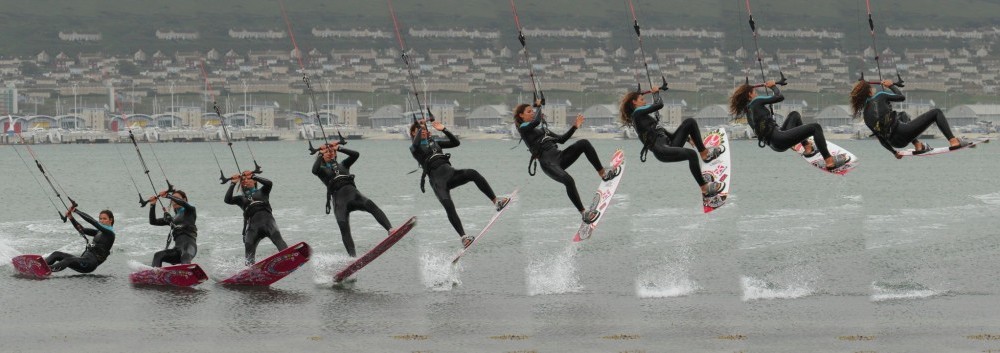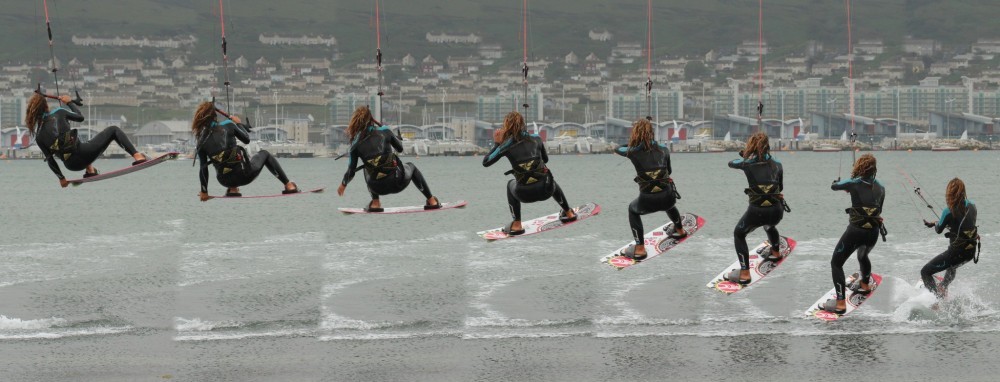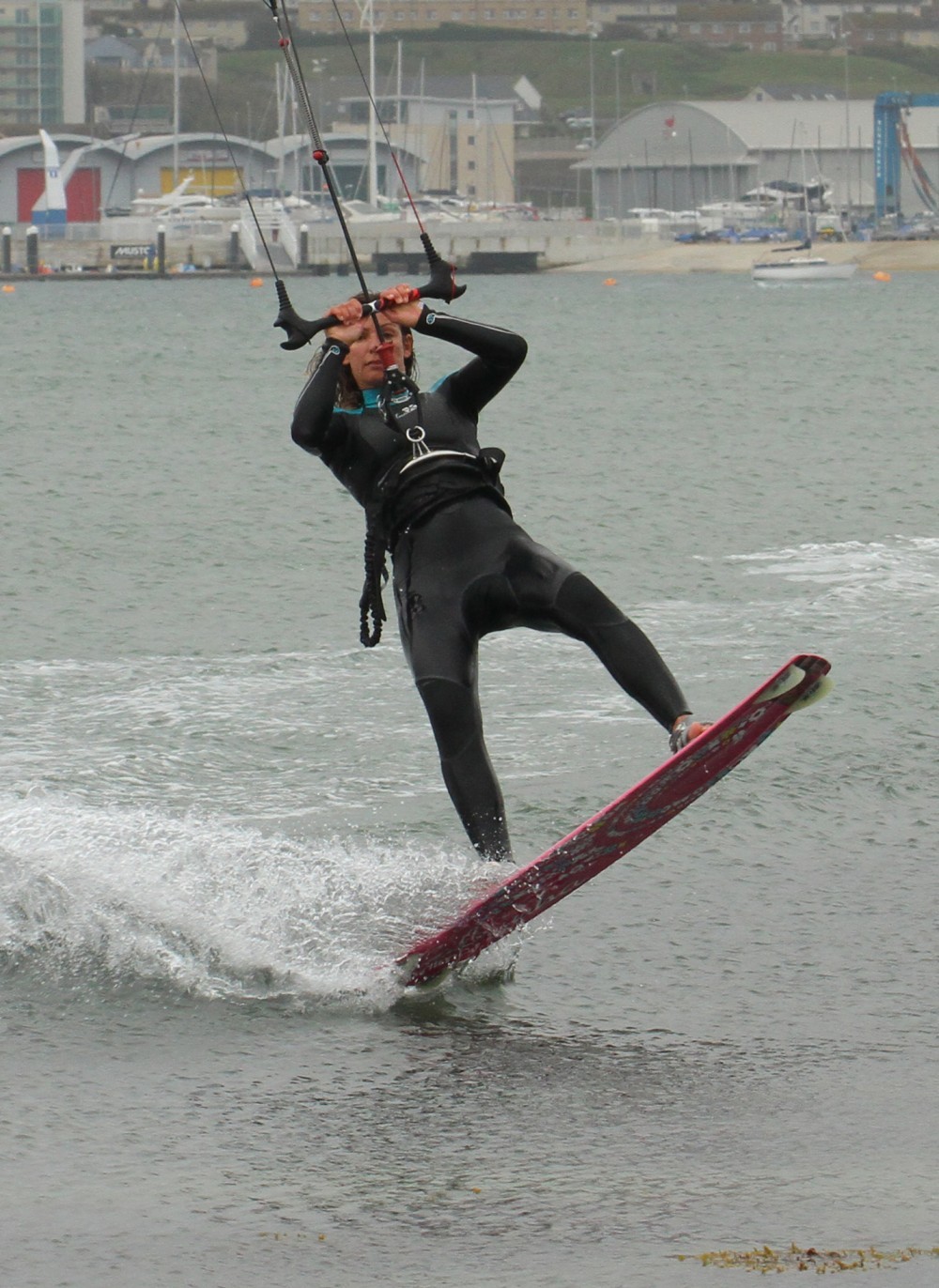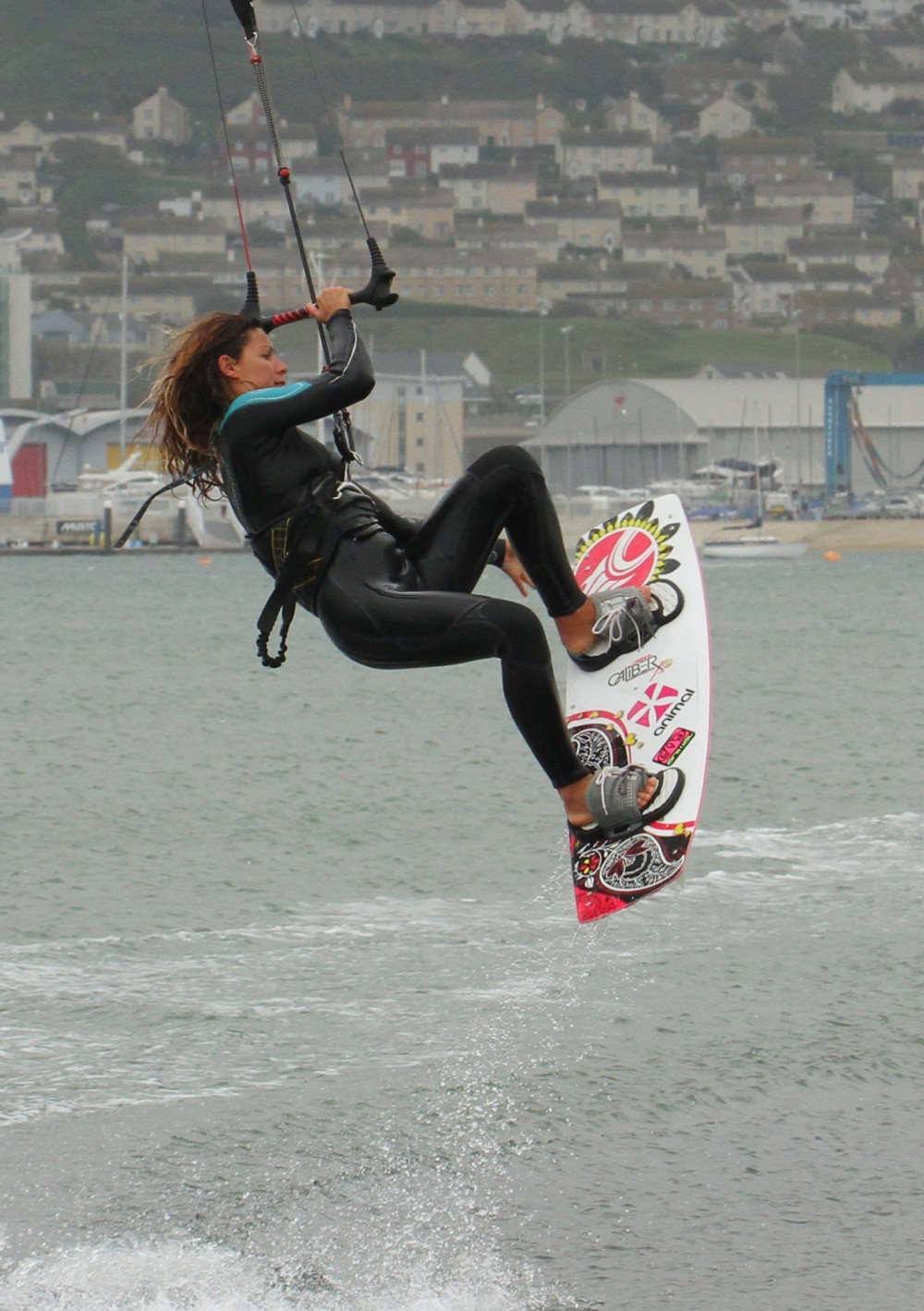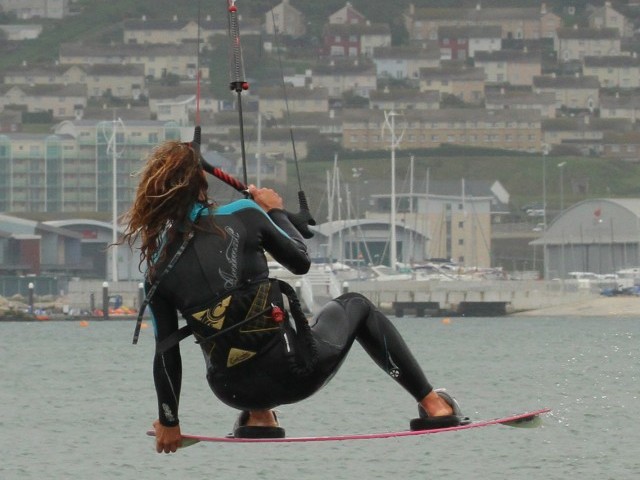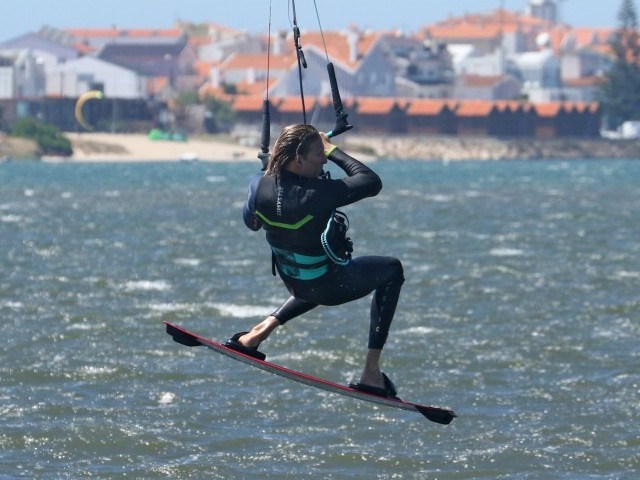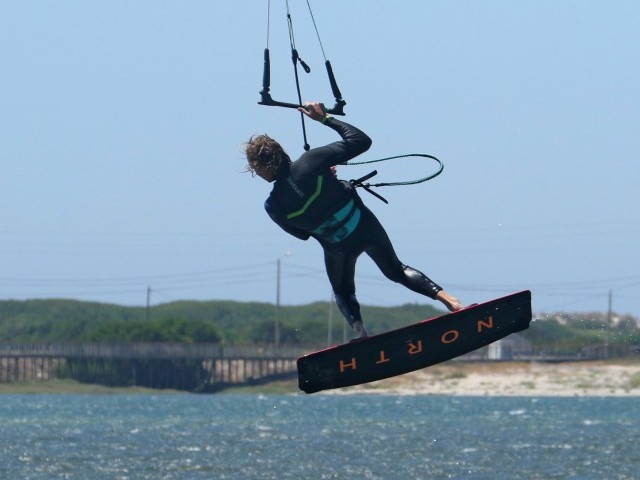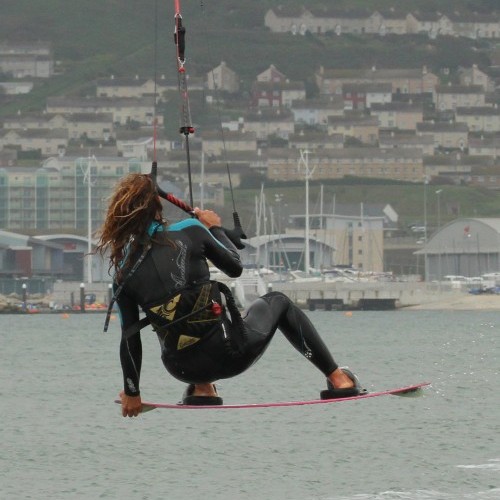
Grabbed Back Loop Transition
Technique / Intermediate
Introduction
Adding a grab to any move will instantly add style, spicing it up to stand out just that little bit more. Trying to add a grab will also unfortunately reveal any weaknesses, those flaws in technique that we are aware of, which are hidden convincingly behind those subtle adjustments made on the fly, during a move. Therefore working on your style will also improve your overall technique, so it’s not just showboating but the ultimate in consolidation!
In brief, it’s not just a matter of “adding a grab” but concentrating on the basics so that you can add it. We therefore assume that you can already perform a BLT comfortably and will concentrate on a few areas that most likely need a good polishing to cater for that ominous grab.
The Approach and Take Off
The beginning of the move, if you don’t nail this then the rest is a challenge. To get a grab in you need time, regardless whether this time is gained by height, float, control, slow spin, or any combination of these - it is essential. Best place to start is control, as this is independent of everything else, as it has to come from you.
Control here means approaching the move on a good edge, so that you can carve upwind and resist the kite when you send it. Control also means that you are prepared, ready to pop off your back leg, with the effort being focused on going up before the kite gets to 12, and not carving through the eye of the wind and therefore having nothing to pop against.
Here Karine has approached with her kite at 11 o’clock, hands centred on the bar and enough speed so that her board feels alive. She has carved harder upwind, edging more whilst sending her kite back aggressively. The result will be the kite generating lift before it gets to 12. Without speed, you will hardly be moving once you edge and thus you won’t generate any lift. As soon as she feels herself slowing she springs up off her back foot, extending her back leg and at the same time pulls in on the bar for extra lift and to stop the kite travelling any further back. You can see that Karine has only turned 90˚ upwind from her approach, her legs and body are extended to go up and her head is facing forwards, not turned.
So in brief, enter with speed and then edge and send aggressively to give yourself a little bit of momentum for the back loop and a lot of straight up lift. This way you’ll have time and you’ll be rotating slowly, which will give you the impression of having even more time. Your aim is to only rotate about half way.
The Grab
Assuming that the previous stage passed without incident, the kite should now be sitting above you, pulling you up or at least supporting you, whilst you turn slowly. With everything positioned this way you should feel confident and balanced, as you won’t be swinging around. This also means that if you did nothing else the worse that can happen is that you’ll float down to the water, admittedly facing the wrong way with the kite at 12 – but with no reason for concern. The only movement you are likely to feel is some downwind drift. In such a stable position it should feel unintimidating to release your front hand and reach down for the nose of the board as you lift your legs and knees up towards you. You’ll be grabbing with your front hand, so that you are able to dive the kite for the landing with what will be your “new” front hand.
Karine is concentrating on the grab, but still needs stability. As soon as she has left the water she brings her knees up towards her chest so that the board is within grabbing distance. Due to the slight leaning back nature of a back rotation the front leg will come up first. Karine is looking at where she wants to grab, releasing her front hand and reaching down towards the nose of the board whilst lifting her front foot towards her. She aims to grab the heel side edge of the board somewhere around the fin. To maintain her balance and float, Karine must keep tension on the back lines, but as she releases her front hand she must also not yet pull on the bar with her back one.
Hold and Land
Once you’ve got the grab you have two objectives. Firstly to hold it long enough so that it’s official and noticeable, and secondly to make sure that you finish your rotation and land smoothly with the kite pulling and the board facing down wind.
Karine actually uses the kite to help her finish the rotation. By pulling pretty hard on her “new” front hand to dive the kite, the power from the kite pulls her downwind. As long as she turns her head and looks that way she will keep her balance. Having lifted her knees to grab the board in front of her she can remain compact in the air, with her weight back, and is ready to drop her legs for the landing as she pulls off down wind. So holding the grab longer will make for a more tidy and balanced finale!
Top Tips
You need to approach this as you would attack a jump, with speed and commitment. That way you can edge very hard and pop up.
Your kite send needs to be aggressive. Use both hands in a push and pull action, so you can move the kite fast without pulling the bar in too much, and also stop sending the quite equally as suddenly by levelling the bar out with both hands, pulling them in and down towards your hips.
Pop up into your back loop, not round into wind.
Keep tension on the lines throughout the move, don’t push the bar away as you rotate.
Real time following Sequence 1
- Pic 1. With her kite at 11 o’clock and speed, Karine edges hard and then sends her kite aggressively back to 12 using both hands.
- Pic 2. Keeping her front leg straight and rocking her weight back, Karine carves up towards the wind without looking around over her shoulder.
- Pic 3. As the kite starts to lift, Karine explodes up off her back leg and pulls in on both hands to stop the kite at 12, and for some extra oomph.
- Pic 4. As she takes off all Karine’s effort is in going up, so she extends herself for maximum height.
- Pics 5 & 6. As soon as Karine has the kite under control she releases her front hand and reaches down towards the nose of the board whilst lifting her front knee up towards her.
- Pic 7. Karine grabs the board on the heel side edge in front of her front foot, all the time keeping the bar in.
- Pics 8 & 9. With a solid grab on the board Karine lifts both knees towards her chest and slowly rotates whilst floating under the kite.
And the second half in Sequence 2
- Pic 1. As Karine comes around she looks towards where she wants to go to make sure that she doesn’t rotate too much, keeping the bar in.
- Pic 2. Once Karine feels herself start to drop, she pulls in on her front hand to dive the kite down in front of her.
- Pics 3 & 4. With the power from the kite pulling her around the last part of her rotation, Karine releases her grab on the board and takes hold of the bar.
- Pic 5. Karine then drops her legs.
- Pic 6. Points the board downwind.
- Pic 7. For a tail first landing.
- Pic 8. With the board pointing down wind Karine’s momentum carries her out of the move. Now she carves back onto an edge and pulls her kite up and out of its dive with her back hand. Once comfy she just needs to spin her bar to uncross her lines.
Common Problems
If you can’t reach the grab, make sure that you lift your knees in front of you and don’t flick the board up behind you.
If you don’t have the time to grab, you’re spinning quickly, so slow down your rotation and aim for just half a back loop, using the diving kite to finish it off.
If you’re landing nose first, your kite is drifting too far behind you during the move, so make sure that you pop up early, which will allow you to keep the bar in without the kite moving too much.
Keystones
- Carve hard
- Send aggressively
- Pop early
- Lift knees
- Dive hard
This technique article was in Issue 33 of IKSURFMAG.
Related
By Christian and Karine
Christian and Karine have been working together as a coaching team, running improver to advanced kitesurfing clinics since 2003.






